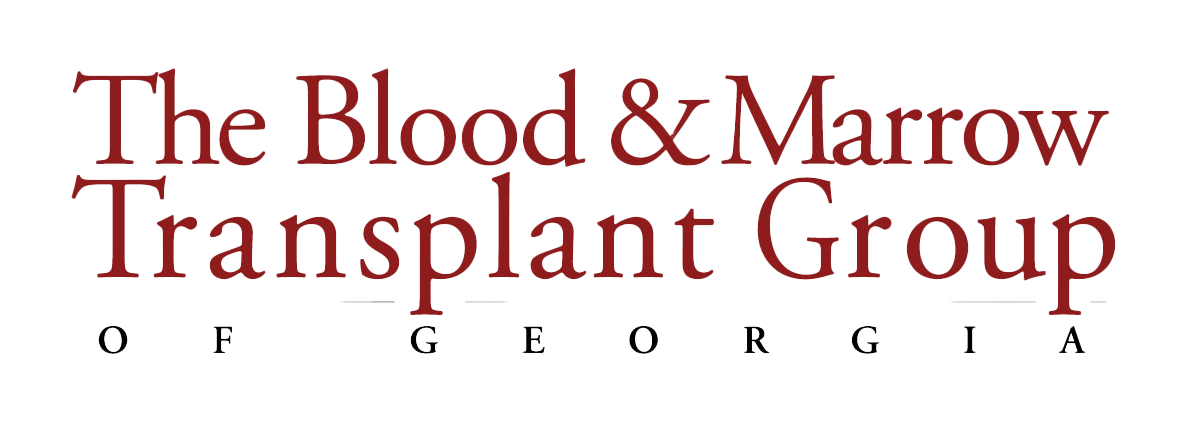BMT Process
Definition and types of transplants
The cells and platelets in our blood play a crucial role in the healthy functioning of our bodies. White blood cells, called leukocytes, fight infection. Red blood cells, called erythrocytes, carry oxygen to organs and tissues and then carry away waste products. Platelets help the blood to clot, which controls excessive bleeding.
When these cells become diseased and unable to perform their jobs within our bodies, organs and tissues are affected and the result can often be life-threatening.
The goal of a bone marrow or blood cell transplant is to replace these non-functioning cells with healthy ones. Your condition and specific disease will affect the choice of cells for transplantation, which your doctor will discuss with you. These new cells can be harvested for transplantation from three sources:
bone marrow
blood circulating in the body, called peripheral blood
blood collected from umbilical cords when babies are born, called cord blood
Stem cells used during a blood or marrow transplant can be obtained from the patient (autologous BMT) or from a donor (allogeneic BMT), depending upon the patient’s diagnosis and clinical history.
The next decision to be made is what type of stem cell source will be used. This decision is based on numerous considerations, including the state of your health and the specific disease you have.
Types of blood and marrow transplants
Autologous BMT – Utilizes stem cells from the patients’ own bloodstream or the bone marrow.
Allogeneic BMT- Utilizes stem cells from a family member, an unrelated donor or cord blood collected when babies are born.
Syngeneic BMT- Utilizes stem cells from an identical twin.
